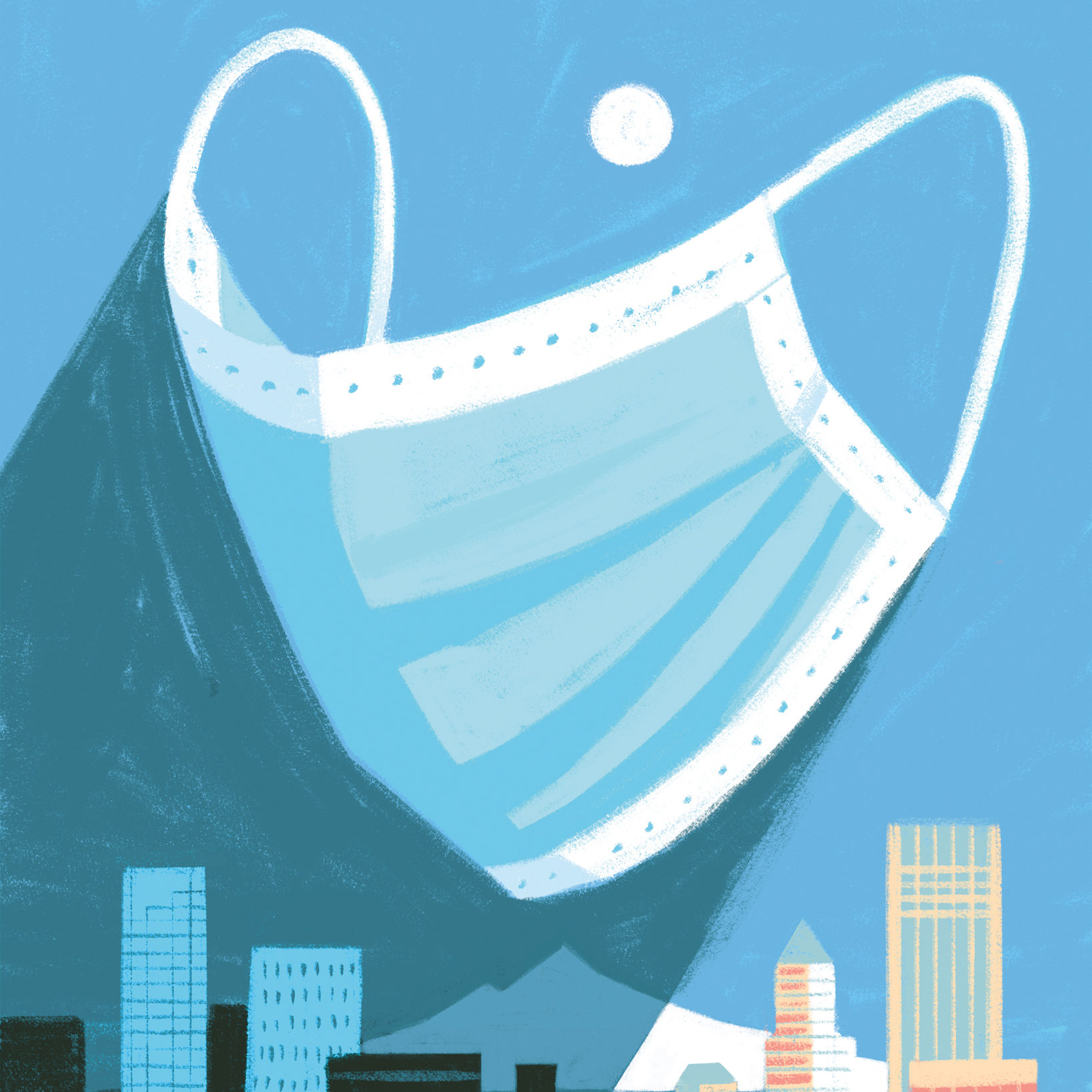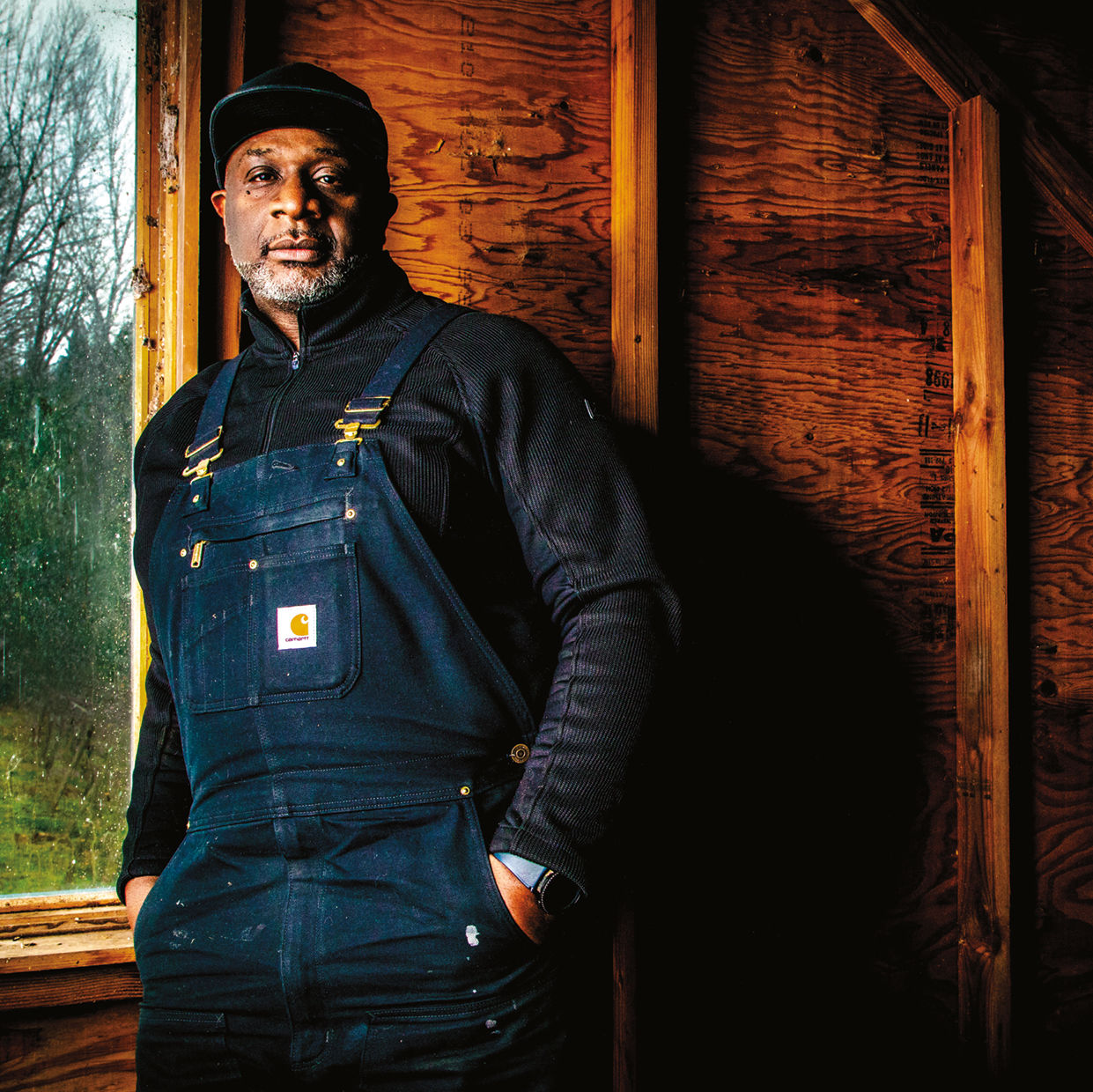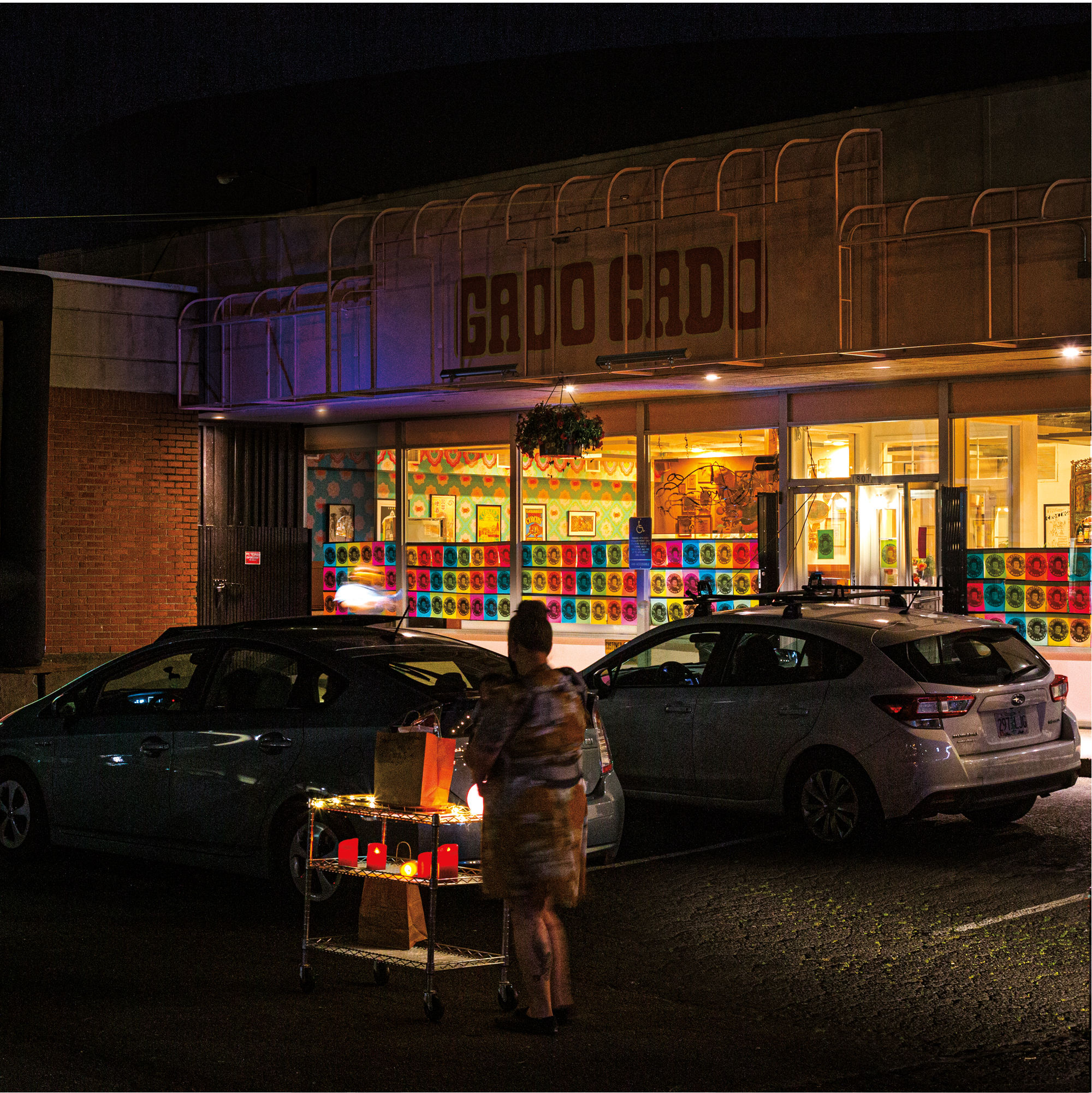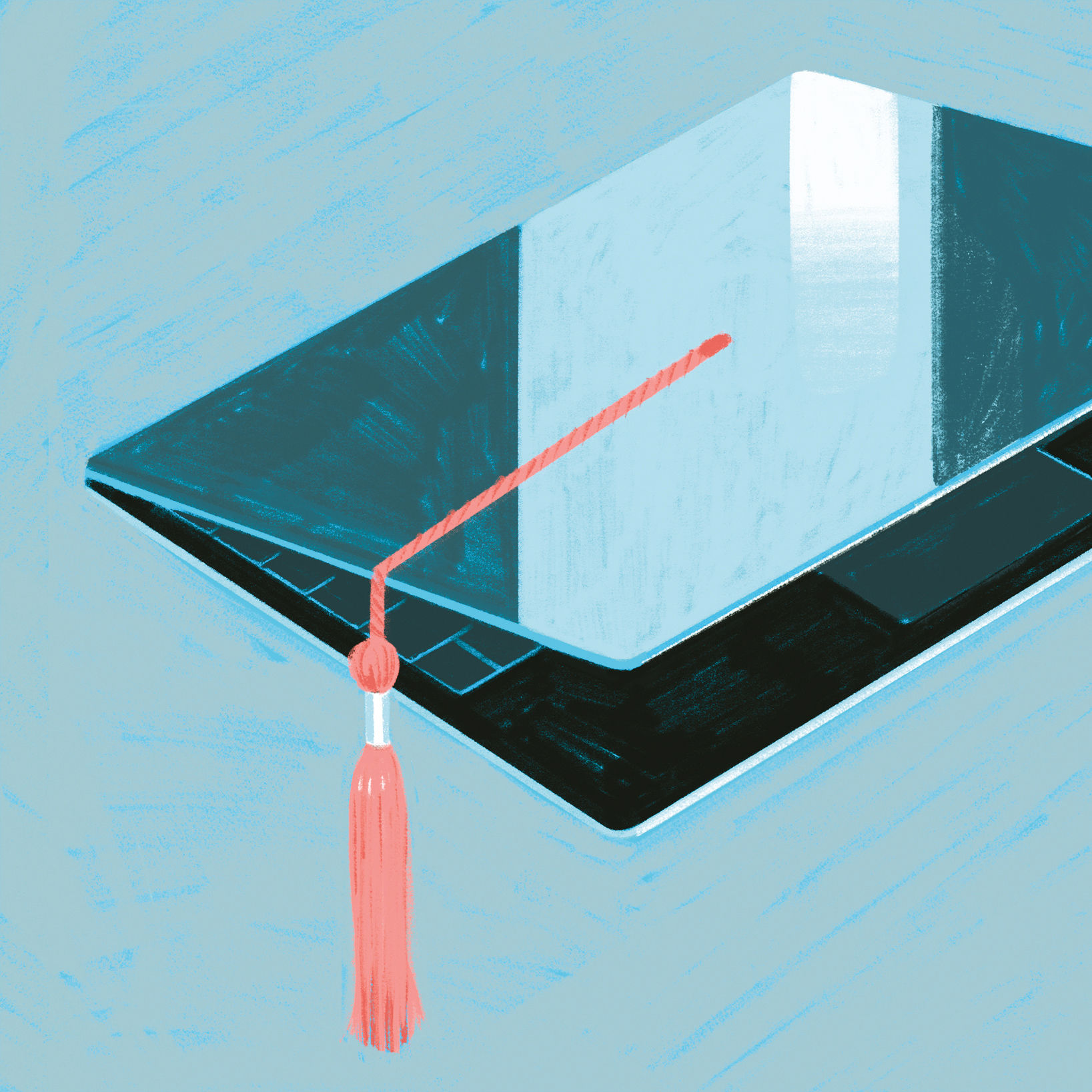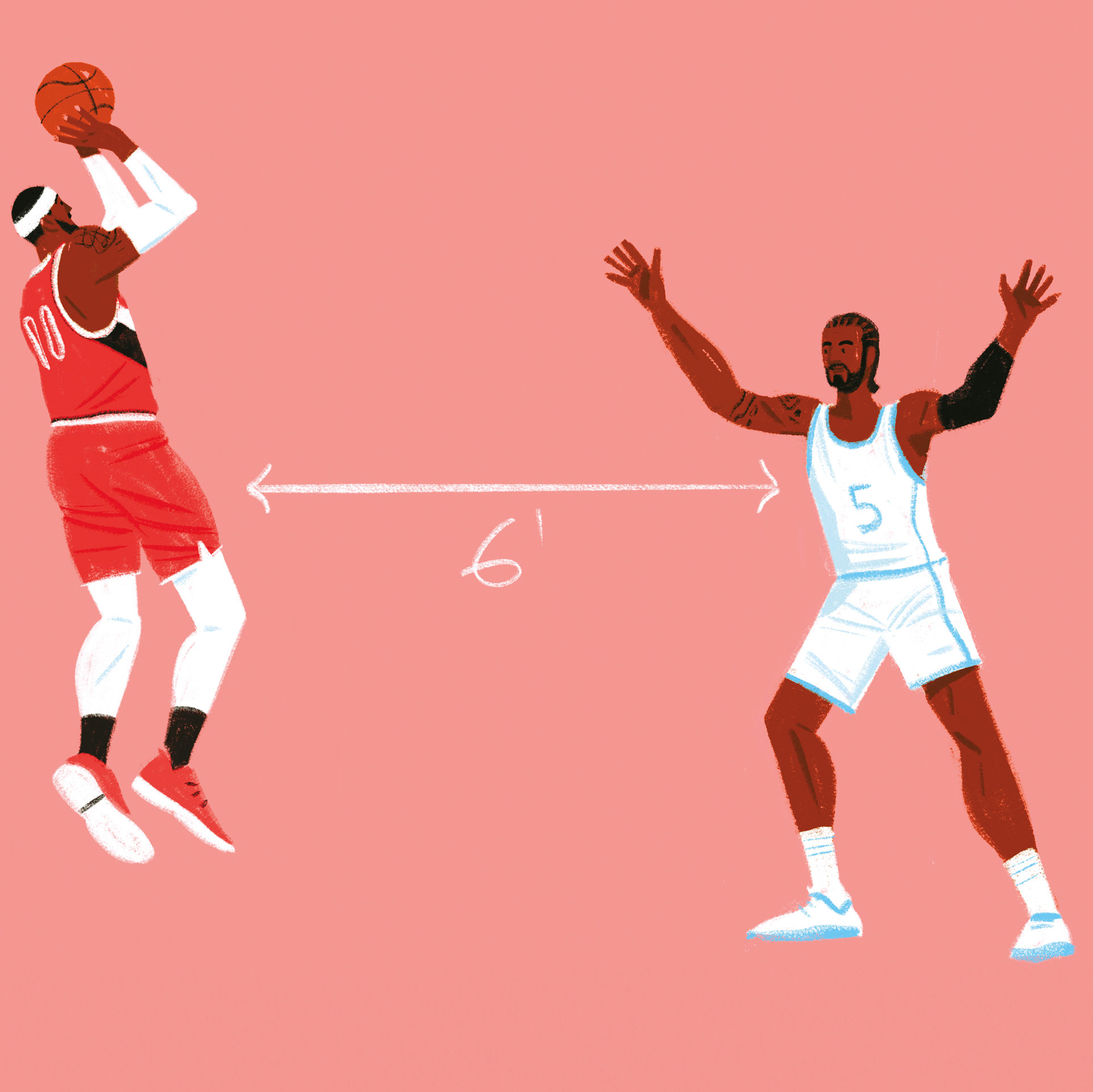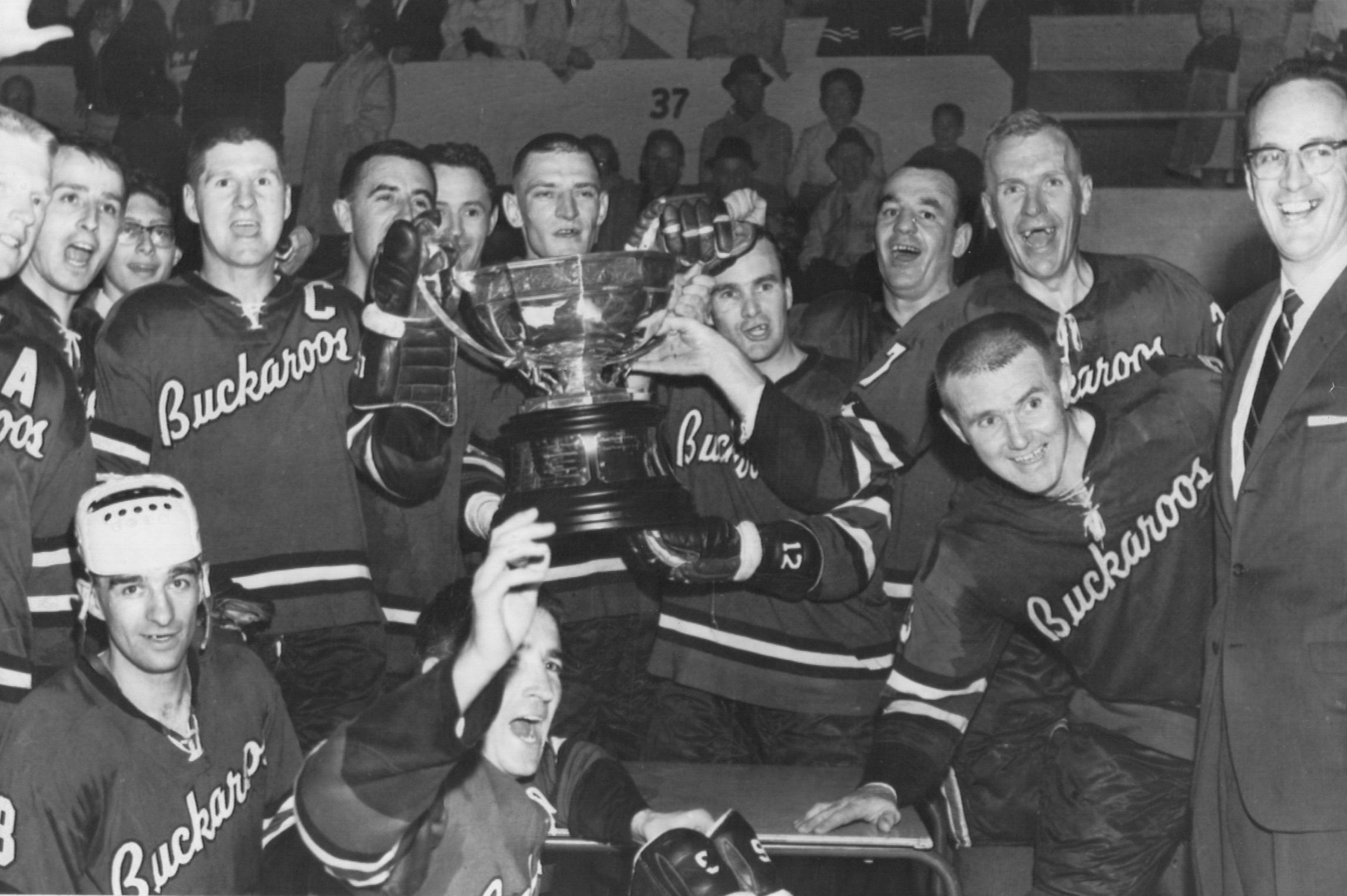What Does Coronavirus Mean for Sports?
For sports fans, the “where were you when” moment of the coronavirus pandemic came on March 11, when the NBA announced it was suspending its season after Utah Jazz center Rudy Gobert had tested positive for COVID-19.
The weight of that moment, which came before most of the country had taken major measures in response to the virus, speaks both to the centrality of sports in American life and to their special vulnerability to a threat that demands we physically separate ourselves from each other. Spectator sports—which involve packing thousands of fans into a confined space—are probably the last things that will resume as the world inches its way out of this catastrophe.
As our major professional teams—the Blazers, Timbers, and Thorns—navigate this alien landscape, here are four takeaways for the summer and beyond.
This won’t happen all at once.
One thing is all but certain: the Rip City and PTFC faithful won’t be standing shoulder to shoulder with 20,000 of their closest friends again until a vaccine is available. What is within the realm of possibility is a more gradual return to stadiums, perhaps with fewer fans spaced farther apart from each other. Like the rest of public life, that may also be contingent on what kind of testing is available. “There are a lot of people really optimistic about temperature testing,” says Timbers and Thorns owner Merritt Paulson, “and that being a quick test that is actually feasible for fans coming in.”
As the situation changes day to day and week to week, Paulson has been in constant contact with both health authorities and fellow stakeholders in the sports world, including leagues and fellow owners. “This has really brought the broader sports community together in a unique way,” he says. “Every day is a deluge of new information and new data.”
To play or not to play?
For teams, too, the return to courts and fields will be gradual. As of the time of this writing, the Blazers, Timbers, and Thorns were all being allowed to train at team facilities, albeit with a long list of rules. “The issue is you can go to your practice facility, but there’s all these stipulations,” Blazers guard CJ McCollum told Yahoo Sports in May. “You can’t use certain stuff, can’t do certain stuff.” The Timbers and Thorns were able to resume training only individually, a soccer field away from any teammates they weren’t already rooming with.
Safety concerns don’t end with the coronavirus. To mitigate injury risks for athletes who have been training in home gyms and city parks, preseason camps will be a must. “As much as we don’t want to contract COVID,” says the Washington Spirit’s Tori Huster, president of the National Women’s Soccer League Players Association, “we also don’t want to get injured, because this is our livelihood.”
The USA’s patchwork of rules could be a problem.
The wide array of laws and regulations across American states and cities puts the US in a unique situation globally. For sports—which involve constant travel for teams—that patchwork poses a special challenge. “You can have very different situations and rules and regulations in different areas,” notes Paulson. A team could play in front of a limited number of fans at home, then fly across the country and play in an empty stadium.
That last part, of course, assumes teams travel at all; other visions for restarting sports involve sequestering entire leagues, Bio-Dome-style, in locations like Disney World.
There are reasons to hope.
Sports teams are businesses, and like any business they’re taking a big hit in the pandemic. (The Blazers, of course, played all but the final month of their season before the shutdown and have months to plan for the next season.) The Timbers and Thorns organization could stand to lose tens of millions of dollars.
The virus could put an especially tight squeeze on women’s leagues, including the NWSL. Four of the NWSL’s nine teams are affiliated with MLS teams; most of the rest are independent, with owners whose pockets are much less deep than those of their NFL, MLB, and NBA counterparts.
Still, the situation isn’t all doom and gloom, according to Paulson. Fans are hungry for any and all sports content, happily tuning in to Korean professional baseball in the middle of the night; the hope is that as soon as games resume, with fans in attendance or not, viewership and sponsors alike will be clamoring to jump back in.
“People miss it,” says Paulson. “I think we’re all yearning to have [sports] back in our lives. They’re going to come roaring back. It’s a question of when, not if.”

